Are you into playing video games using your mobile phones? Do you hate it when your phone lags when you play your favorite games? This might be a result of your phone having a processor that cannot handle many tasks. Well, you might need an upgrade and buy a new phone. One that features one of the best mobile phone processors available in the market. If you’re looking to replace your old phone, here is a guide to help you pick the best phone for you!
What Are the Best Mobile Phone Processors?
The specification that counts in a smartphone aside from battery life, storage, and the camera resolution is the mobile phone’s processor. It makes your phone seem fast or slow so finding one is a deal-breaker. However, it’s impossible to know at first glance what processors make the best mobile processors list because of the numbers that confuse with the selection process.
To put you up to speed, mobile phone processors (or CPU) does what you want your smartphone to do. Much like a computer, it affects whether your phone performs fast or slow. Think of it as your device’s brain powering all applications and performing functions.
What Makes Up Your Processor?
One has to check the core, the architecture, clock speed, and die size.
For clock speed (GigaHertz), where each instruction requires a fixed number of cycles, the clock speed determines how many instructions per second the microprocessor can execute.
When cores receive instruction from triggers, it calculates and satisfies those instructions. Having multiple cores means that it can do actions alone or together to perform parallel operations. On the downside, this also means it requires more mAh or battery. So a quad-core needs to have at least 3000mAH or higher to perform well.
Low power cores are to respond to triggers that can perform simple tasks, having a minimal impact on the battery.
Die size is the physical pieces that make up the CPU. A smaller die size will generate less heat, resulting in less energy wasted.
You will come across the terms X86 or ARM Cortex Architecture. Consequently, the one you should look for are ARM Cortex—not impossible as most phones that you will come across today will, most likely, be operating on ARM variants.
1. Apple’s a13 Bionic Chip
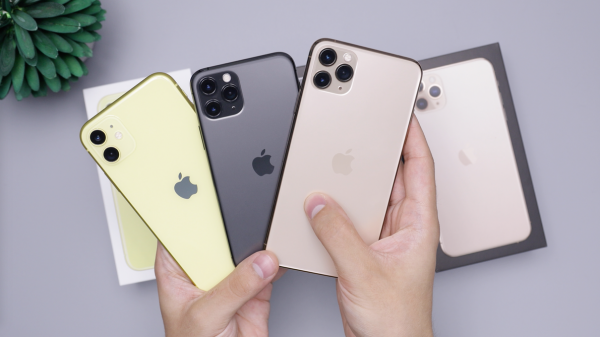
The A13 Bionic Chip is a custom Apple-designed CPU and GPU. It introduces Neural Engine which is responsible for accelerating Machine Learning Acceleration. Apple is among the first to use TSMC’s second-generation 7-nanometer process which in its simplest sense, means smaller and tightly packed transistors that leak less power.
At higher clock speeds, it draws the same power and provides maximum performance and efficiency.
Earlier versions of A13 Bionic Chip such as the A11 powering iPhone 8 and iPhone X, as well as A12, powering iPhone XR are just as good. A12 is introduced as the “smartest, most powerful chip ever in a smartphone” having 6 core CPU, and 4 core GPU. A11, with the same processor cores as A12, also has appropriate cores assigned to specific apps and tasks so that power efficiency is maximized.
As expected with Apple with these features, it’s setting the bar for the smartphone system-on-chip. Though when it comes to graphic performance, some Android devices still beat Apple.
iPhone 11 Pro (Apple a11 Bionic Chip)
Aside from currently having the most powerful processor, the iPhone 11 Pro has so much to brag for having not just one but three ultra-wide and dynamic lenses able to capture photography-grade photos even in low light. It carries 10.5 hours of battery and lightning charge capability. Although a bit heavier and thicker than most iPhones, it makes up for its compact design. Check out the iPhone 11 Pro today and experience a phone with very fast response time.
Specifications:
- RAM: 4GB
- Storage: 64/256/512GB
- Battery: 3,046 mAh
- Display: 5.85 inch OLED Display
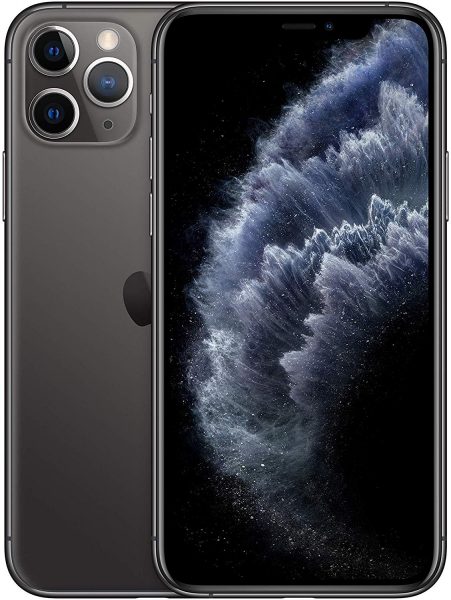
iPhone 8 (Apple a11 Bionic Chip)
The iPhone 8, due of course to new releases of the latest iPhone flagships, has now been cut down in price. It is still included in the iOS 13 reboot so you know you’re enjoying iPhone features at a much more affordable price. Check out the iPhone 8 today and enjoy a phone with a fast processor.
Specifications:
- RAM: 2GB
- Storage: 64/256GB
- Battery: 1821 mAh
- Display: 4.7 inch
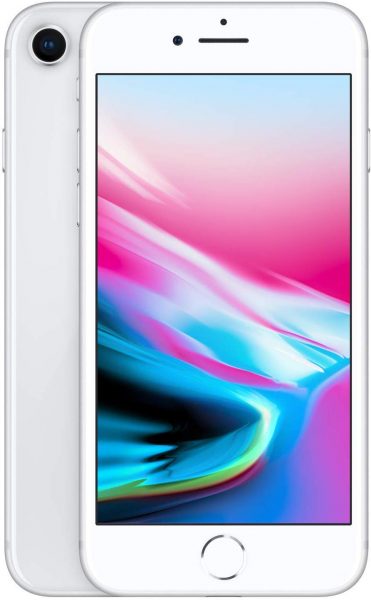
iPhone XR (Apple a12 Bionic Chip)
The iPhone XR, introduced in September 2018, adapts the swipe-based navigation system and leaves out the home button. It brings a balanced combination of performance quality at an affordable price. Check out the iPhone XR today!
Specifications:
- RAM: 3GB
- Storage: 64/128/256GB
- Battery: 2942 mAh
- Display: 6.1 inch
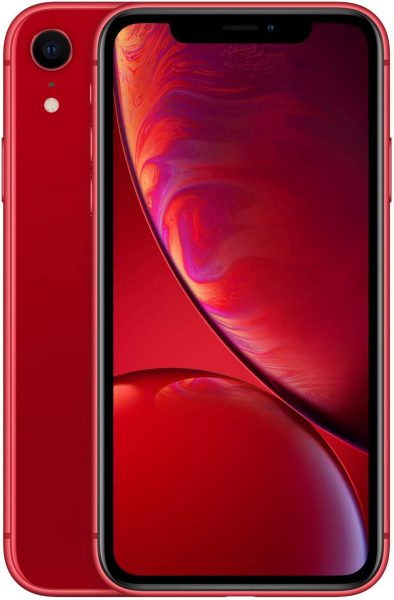
2. Huawei’s HiSilicon Kirin 990 5G
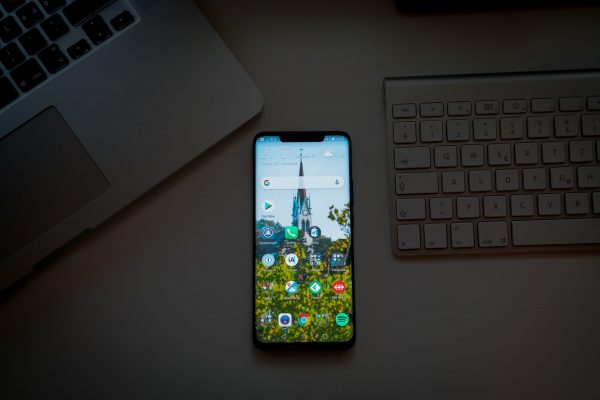
The latest flagship chipset from Huawei is the HiSilicon Kirin 990. Being the first flagship 5G SoC powered with 7nm+ EUV2, over a billion transistors are condensed in a tiny chipset. The 5G peak download rate reaches 2.3 Gbps, and download speed is at 1.25 Gbps. The Kirin Gaming+ 2.0 is specially designed using HD graphics and quick action movement for an immersive gaming experience. It also has a lightning speed memory storage which allows you to transfer files in the back end.
Huawei Mate 30 (HiSilicon Kirin 990 5G)
Huawei Mate 30 has glass all over from its front and back design, with some metal lining on its edges. The Huawei has so much to offer being the first device to feature Kirin 990. Unfortunately, if you have long been a user of Google Service and Play Store, you won’t find it in this device. Check out the Huawei Mate 30 today and experience the best Huawei has to offer.
Specifications:
- RAM: 6GB/8GB
- Storage: 128GB
- Battery: 4200 mAh
- Display: 6.62 inch
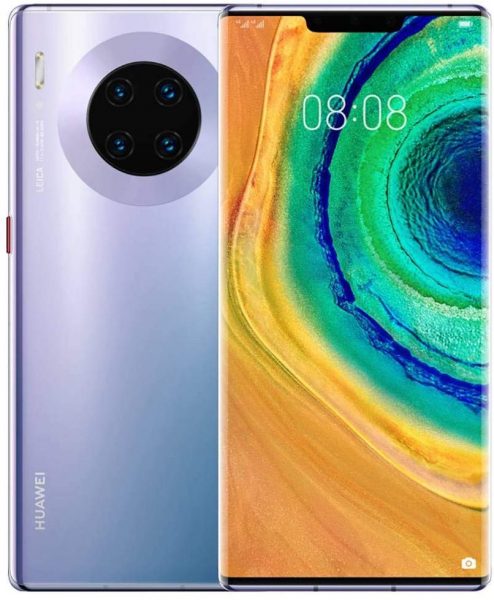
Huawei P30 Pro (HiSilicon Kirin 980)
Huawei P30 Pro boasts about the camera with 3x the optical zoom feature than its earlier versions. Its battery optimization strategy makes it even more worth considering. Check the Huawei P30 Pro here today.
Specifications:
- RAM: 6GB/8GB
- Storage: 128/256/512GB
- Battery: 4200 mAh
- Display: 6.47 inch
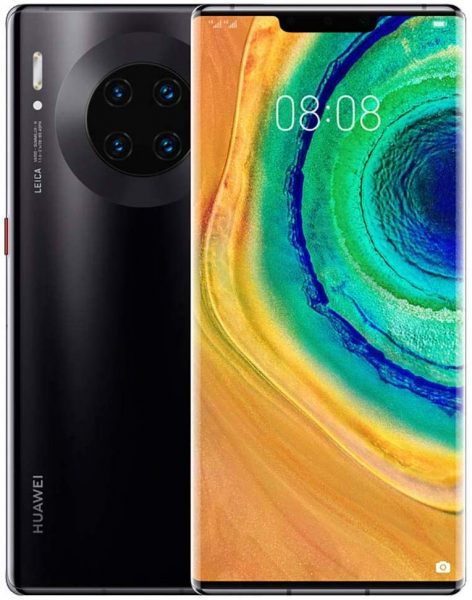
3. Samsung’s Exynos 990
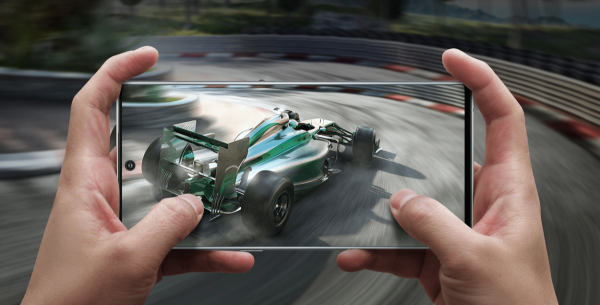
Samsung’s flagship processor, Exynos 990, is one of the best mobile processors that uses an AI processing capability. Especially when combined with advanced imaging capabilities, it produces pro-grade photography that underwent intelligent optimization. On the other hand, for gaming purposes, you can experience a lag-free session brought by the ARM Mali G77 MP11 GPU.
Samsung Galaxy S10+ (Exynos 9820)
For the power user, who might also like taking selfies, the Samsung Galaxy S10+ makes that combination with the all-day battery life, Qi-charging, and triple-lens camera. Check out the Samsung Galaxy S10+ here.
Specifications:
- RAM: 8/12GB
- Storage: 128/512GB/1TB
- Battery: 4100 mAh
- Display: 6.8 inch
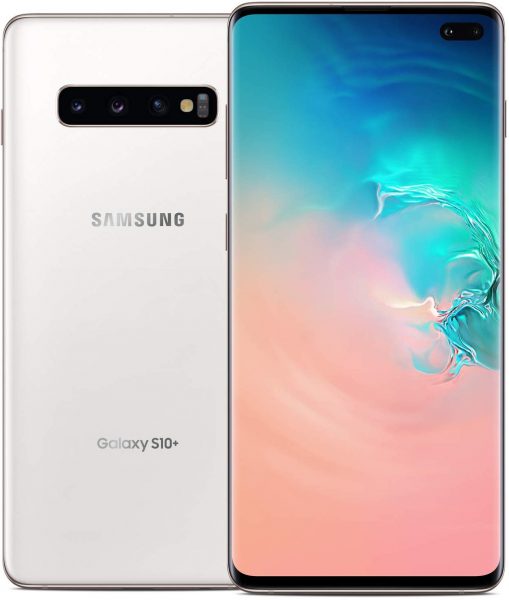
Samsung Galaxy Note 10+ (Exynos 9825)
The Samsung Galaxy Note 10+ was released last August 23 and comes with a big phone screen and an S pen option that will cost a bit more than the basic price. Though you might want to be careful and avoid dropping this precious device, as having a slick glass back makes it delicate. Check out the Samsung Galaxy Note 10+ here.
Specifications:
- RAM: 12GB
- Storage: 256/512GB
- Battery: 4300 mAh
- Display: 6.8 inch
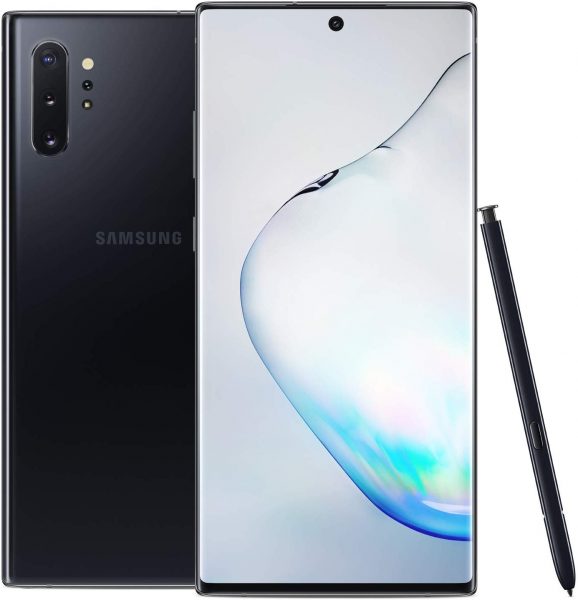
4. Qualcomm Snapdragon 865 5G
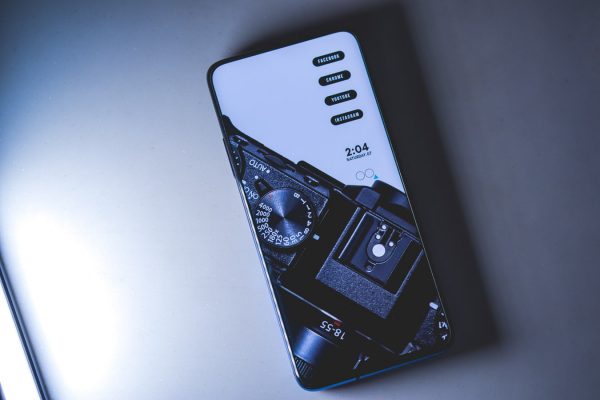
There’s a lot to expect from the much-awaited Snapdragon 865 5G with a quad-core processor and revved up GPU. Add features such as the giga-pixel speed photography and desktop-level gaming features. Aside from its Spectra 480 ISP, it also can create professional-quality videos. Its very own Kryo 585 CPU provides incredible efficiency and superior battery life.
Qualcomm Snapdragon 865 Phones
- Asus ROG Phone 3
- Samsung S11 Plus
These two are on the list of smartphones rumored to be powered by the Snapdragon 865 processor. Samsung Galaxy S11 (also called Samsung Galaxy S20) is said to launch on March 6, 2020. While the ASUS ROG Phone 3 is expected to launch on March 12, 2020.
Asus ROG Phone 2 (Qualcomm Snapdragon 855 Plus)
The Asus ROG Phone 2, claims the top spot when it comes to the best gaming devices with the combination of high-performing RAM, huge storage, and long-lasting battery capacity of up to 6000 mAh. Unless you have this battery capacity, you can have seamless gaming experience. If not, these solar-powered phone chargers are worth considering. The ROG Phone 2 is clocked up to 2.96 GHz. However, while those have been excellent features, what makes it best as a gaming phone is its side-charging design with front-facing speakers, which you cannot find in most devices. Check out the ASUS ROG Phone 2 now.
Specifications:
- RAM: 8GB/12GB
- Storage: 128/256/512GB/1TB
- Battery: 6000 mAh
- Display: 6.59 inch
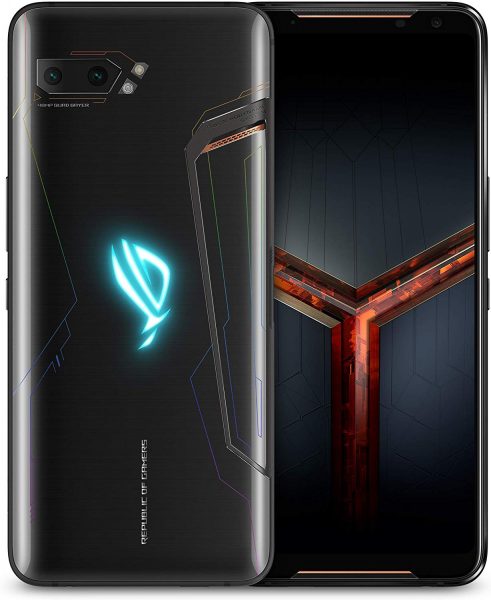
Nubia Red Magic 3s (Qualcomm Snapdragon 855 Plus)
The Nubia Red Magic 3s is another top of the line gaming phone you want to consider due mainly to the high battery capacity of 5000 mAh. It also has a high refresh rate of 90 Hz OLED screen. Check the Nubia Red Magic 3s here.
Specifications:
- RAM: 8GB/12GB
- Storage: 128/256GB
- Battery: 5000 mAh
- Display: 6.65 inch
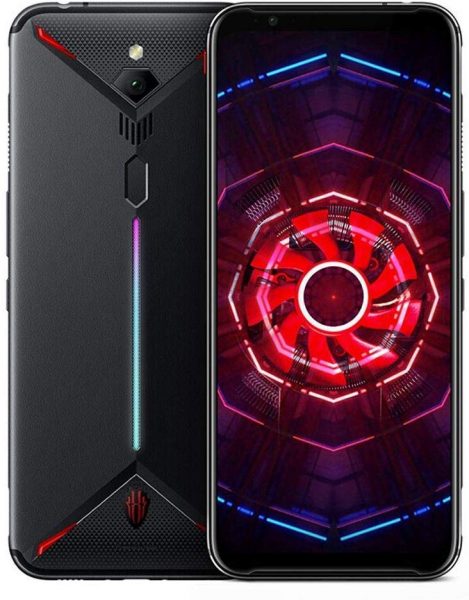
OnePlus 7 Pro (Qualcomm Snapdragon 855)
OnePlus 7 Pro proves to be one of the top competitive iPhone and Samsung rivals. It has a neat pop-up camera, fingerprint sensor, and rear cameras. Check it out today on Amazon.
Specifications:
- RAM: 6GB/8GB/12GB
- Storage: 128/256GB
- Battery: 4000 mAh
- Display: 6.67 inch

5. MediaTek Dimensity
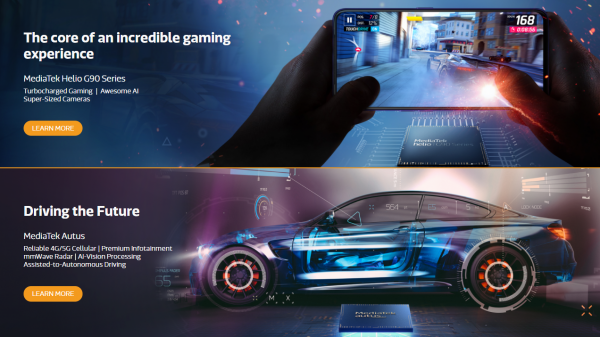
The MediaTek Dimensity packs an octa-core processor and has advanced technology, connectivity, and gaming capabilities. Additionally, with its advanced 5G chipset, it can provide superfast connectivity and makes the most out of the 5G experience.
Helio G90 Series
Check out Helio G90 Series with top of the line features, octa-core processor, all at a more affordable price.

Choosing the Best Mobile Processor
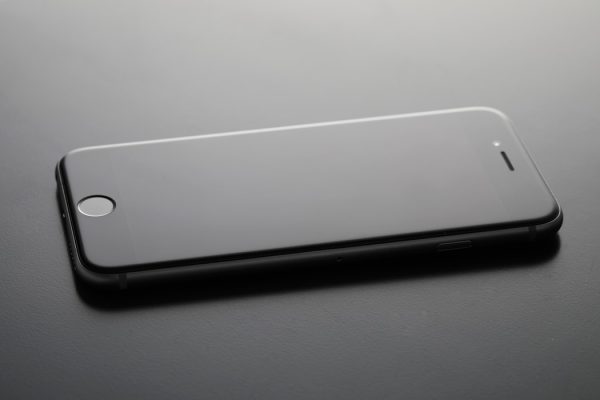
When choosing the best mobile processors, you can base it on brand and series.
Qualcomm Snapdragon is one of the strongest processors used today. Based on benchmark scores, it’s proven to be one of the best due mainly to top-performing brands using it such as Samsung, LG, and Motorola.
MediaTek Series is equally good as Snapdragon processors powering devices such as Vivo and Huawei. It manufactures affordable processors even with high-end features.
Flagship Processors are present solely in their own devices. Apple, for example, makes its flagship processors such as the A-series starting with Apple A4 to A13 Bionic Chip.
What Are the Mobile Processor Types?
Single-core Processors
This type of processor uses one core, consuming less power and remaining cooler than most devices. Checking emails, setting an alarm, or using your phone’s calculator doesn’t require much power and can do well even with a single-core processor.
Dual-core Processors
Are processors that require a bit of power for tasks that require a lot of thinking and calculations. Playing games with dual-core processors might be okay, but in reality, it could hinder the mobile phone’s performance.
Quad-core Processors
This type of processor is best for mobile games that feature AR or 3D. Mobile phones need larger cores to run apps and games that require more power. High-definition video recording and taking burst shots can run smoothly using quad-cores.
Octa-core Processors
This kind of processor does not do twice what quad-core processors can do but are better in performance. Octa-cores are two quad-cores that transfer tasks on its more powerful quad-core pair if it cannot handle it.
Benefits of Having a High Processor

Performs Simple Tasks More Quickly
The speed strongly affects overall performance. With a high processor—a good combination of clock speed, cores, etc.—like a quad-core or octa-core, it makes your phone perform simple tasks more quickly than with dual-core processors.
Performs Well Even For Demanding Applications
Some applications require low power cores where single or dual cores are enough. However, some apps are more demanding. With a high processor, you can make sure that your device can still perform well.
Multitasking Capabilities
Multiple apps can run simultaneously especially when users move back and forth between apps, facilitating rapid switches between tasks and powering the current one that requires more power.
High-Quality Gaming Experience
A high-quality gaming experience needs at least a quad-core to handle it. Gaming phones such as ASUS ROG Phone or Razer Phone uses Qualcomm Snapdragon with quad-core processors.
Are the Best Mobile Processors with Higher Speed Always Better?

If the question is whether a higher processor speed is always better, the answer is no.
Between a dual-core processor with higher clock speed and the quad-core with less clock speed, the latter still outperforms the former. Remembering this, you can tell that having more cores doesn’t mean it’s better.
It will also depend on the RAM that your device has. Ideally, if you have an octa-core, you need at least a 4GB RAM. If you have a low processor, you have little to do with a high RAM. If you have a high-processor with a low RAM, it might not function as you would expect.
